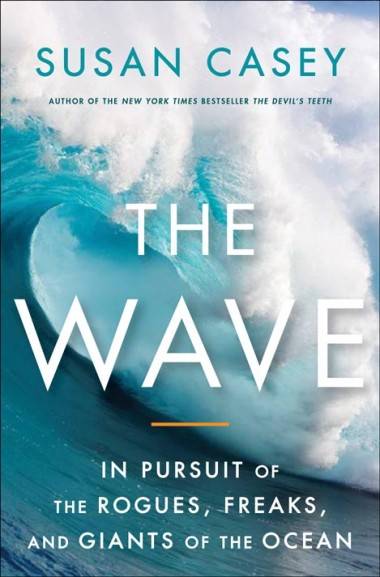

Like Jon Krakauers Into Thin Air, The Wave brilliantly portrays human beings confronting nature at its most ferocious. In this mesmerizing account, the exploits of Hamilton and his fellow surfers are juxtaposed against scientists urgent efforts to understand the destructive powers of wavesfrom the tsunami that wiped out 250,000 people in the Pacific in 2004 to the 1,740-foot-wave that recently leveled part of the Alaskan coast. Casey follows this unique tribe of people as they seek to conquer the holy grail of their sport, a 100-foot wave. The pioneer of extreme surfing is the legendary Laird Hamilton, who, with a group of friends in Hawaii, figured out how to board suicidally large waves of 70 and 80 feet. These are extreme surfers who fly around the world trying to ride the oceans most destructive monsters.

They found their proof in February 2000, when a British research vessel was trapped in a vortex of impossibly mammoth waves in the North Seaincluding several that approached 100 feet.Īs scientists scramble to understand this phenomenon, others view the giant waves as the ultimate challenge. But in the past few decades, as a startling number of ships vanished and new evidence has emerged, oceanographers realized something scary was brewing in the planets waters. Another thing I liked was how Susan Casey described the waves, the words she used flowed and crashed, creating a picture of what was happening that a movie couldn’t match. Until recently scientists dismissed these storieswaves that high would seem to violate the laws of physics. I really felt like I was on that small boat rocking on the ocean and watching a surfer surf a wave of enormous heights. For centuries, mariners have spun tales of gargantuan waves, 100-feet high or taller.


 0 kommentar(er)
0 kommentar(er)
